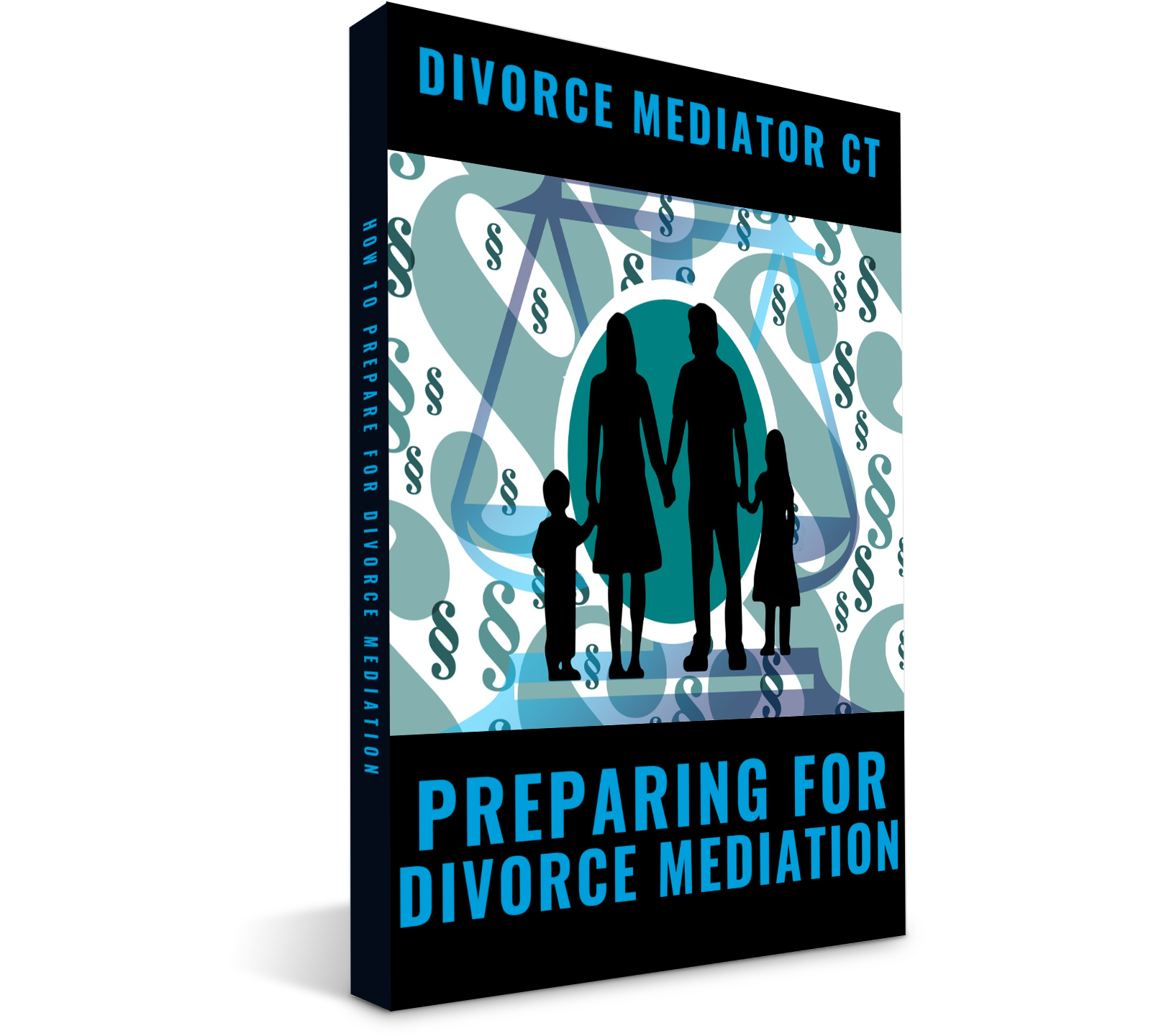Strategies for Overcoming Impasse

Effective Conflict Resolution Strategies
The Importance of Conflict Resolution Strategies
Conflict is a natural part of human relationships and interactions. It can arise in any situation where there are differing opinions, needs, or wants. While conflict itself is not always negative, the way it is managed and resolved can greatly impact the outcome and the relationships involved.
This is where conflict resolution strategies come into play. These are defined as the techniques and approaches used to address and resolve conflicts in a constructive and productive manner. Implementing effective conflict resolution strategies can not only help individuals and organizations to navigate through conflicts, but also strengthen relationships and improve communication for future situations.
Understanding the Basics of Conflict Resolution
Before delving into specific strategies, it is important to have a basic understanding of how conflict resolution works. Essentially, conflict resolution involves finding a mutually agreeable solution to a disagreement or dispute. This can be achieved through a variety of methods, such as negotiation, compromise, mediation, and problem-solving.
It is also important to note that conflict resolution is a collaborative process, meaning that all parties involved must be willing to work towards a resolution. This requires open communication, active listening, and a desire to find a solution that benefits all parties.
Identifying the Root Cause of Conflict
In order to effectively resolve a conflict, it is crucial to identify the root cause. This means digging deeper than the surface-level issue that may be causing the conflict. For example, a workplace conflict between two employees may stem from a lack of communication or a difference in work styles.
Identifying the root cause can help to address the underlying issues and prevent future conflicts from arising. This is where effective communication and active listening come into play – by truly understanding each party’s perspective and needs, it becomes easier to find a resolution that addresses the root cause.
Effective Communication Techniques for Conflict Resolution
Communication is key in any conflict resolution process. It is important to communicate openly, clearly, and respectfully in order to reach a resolution. Some effective communication techniques include:
- Using “I” statements: Instead of blaming or accusing, use statements that start with “I” to express your feelings and perspective. For example, “I feel frustrated when you interrupt me during meetings.”
- Active listening: This involves actively paying attention to what the other person is saying, rather than just waiting for your turn to speak. Repeat back what you have heard to ensure understanding and show that you are listening.
- Empathy: Put yourself in the other person’s shoes and try to understand their perspective. This can help to build trust and create a more collaborative environment.
- Non-verbal cues: Pay attention to your body language and non-verbal cues, as these can greatly impact communication. For example, maintaining eye contact and open body language can convey attentiveness and respect.
The Role of Active Listening in Conflict Resolution
Active listening is a crucial component of effective communication in conflict resolution. It involves fully concentrating on what the other person is saying, rather than just waiting for your turn to speak. Active listening involves:
- Paying attention: Give the speaker your undivided attention. Avoid distractions, both internal and external.
- Asking clarification questions: If you are unclear about something the speaker has said, ask for clarification rather than making assumptions.
- Paraphrasing: Summarize what the speaker has said in your own words to ensure understanding and show that you are actively listening.
- Reflecting feelings: Pay attention to the speaker’s tone of voice and body language to understand their emotions. Reflecting these feelings back to the speaker can help to show empathy and build trust.
Strategies for Managing Emotions During Conflict
Emotions can run high during conflicts, making it difficult to have productive and respectful communication. It is important to learn how to manage and express emotions in a healthy and constructive manner. Some strategies for managing emotions during conflicts include:
- Take a time-out: If you feel yourself becoming overwhelmed with emotions, it is okay to take a break from the conversation. This can help to calm down and collect your thoughts before continuing the discussion.
- Express emotions in a respectful manner: It is normal to feel emotions during conflicts, and it is important to express them. However, it is crucial to do so in a respectful and constructive manner. Avoid attacking or blaming the other person for your emotions.
- Identify triggers: Understand what triggers your emotions during conflicts and try to avoid or address them. This can help to prevent conflicts from escalating.
- Practice relaxation techniques: Deep breathing, meditation, or other relaxation techniques can help to calm down and manage emotions during conflicts.
Collaborative Problem-Solving Approaches
Problem-solving is a key aspect of conflict resolution. It involves identifying the underlying issues and finding a solution that works for all parties involved. Some collaborative problem-solving approaches include:
- Brainstorming: This involves generating a list of possible solutions without evaluating them. This can help to think outside the box and come up with creative solutions.
- Identifying common goals: Find common ground and identify shared goals to work towards. This can help to build a sense of collaboration and teamwork.
- Considering multiple perspectives: Encourage all parties to share their perspective and actively listen to each other. This can help to find a solution that addresses the needs and concerns of all parties.
- Breaking the problem down into smaller parts: Sometimes, tackling a large conflict can be overwhelming. Breaking it down into smaller, more manageable parts can help to find solutions for each aspect, leading to an overall resolution.
The Power of Compromise in Conflict Resolution
Compromise is an essential component of conflict resolution. It involves finding a middle ground and making concessions in order to reach a resolution. Compromise can be beneficial in conflicts because:
- It shows a willingness to work towards a resolution: By making compromises, all parties involved are showing that they are willing to find a solution and move forward.
- It can lead to win-win solutions: In a compromise, both parties give and take something. This can result in a solution that benefits all parties involved.
- It can preserve relationships: Compromise can help to prevent conflicts from escalating and damaging relationships. It shows respect for the other party’s perspective and can lead to a more collaborative and positive environment.
Mediation and Third-Party Intervention
In some cases, conflicts may require the assistance of a neutral third party to reach a resolution. This is where mediation comes into play. Mediation involves a trained mediator who helps to facilitate communication and guide the parties towards a resolution.
Mediation can be beneficial in resolving conflicts because it is a neutral and confidential process. It allows for open communication and may help to uncover underlying issues that may not have been addressed otherwise.
Third-party intervention can also take the form of a trusted colleague, manager, or HR representative. The key is to have a neutral party who can help to facilitate the conflict resolution process and ensure that all parties are being heard and working towards a mutually agreeable solution.
Implementing Conflict Resolution Strategies in Daily Life
While conflict resolution strategies are often discussed in a workplace setting, they can be applied to any aspect of life. Whether it is resolving conflicts with family members, friends, or even strangers, the principles and techniques of conflict resolution can be implemented.
It is important to remember that conflict resolution is a continuous process. It requires ongoing effort and a willingness to communicate and collaborate. By implementing effective conflict resolution strategies, we can navigate through conflicts and build stronger relationships and communities.



